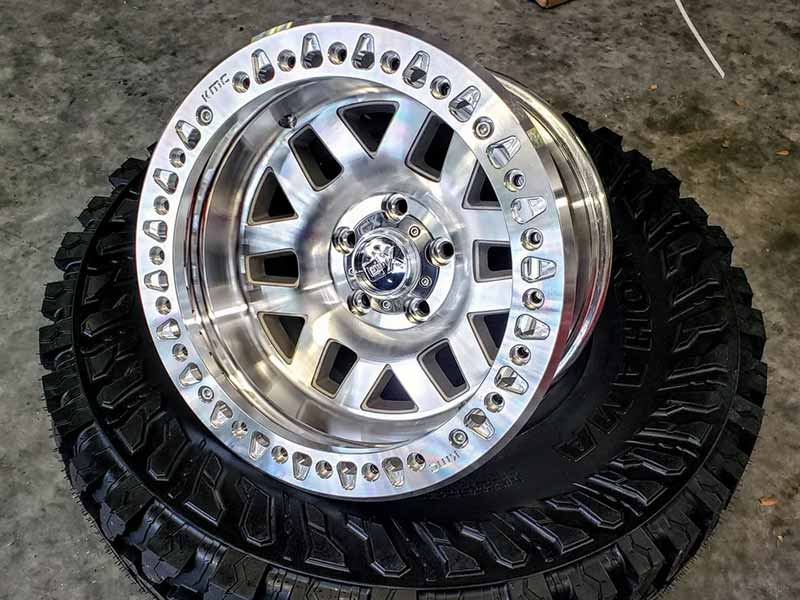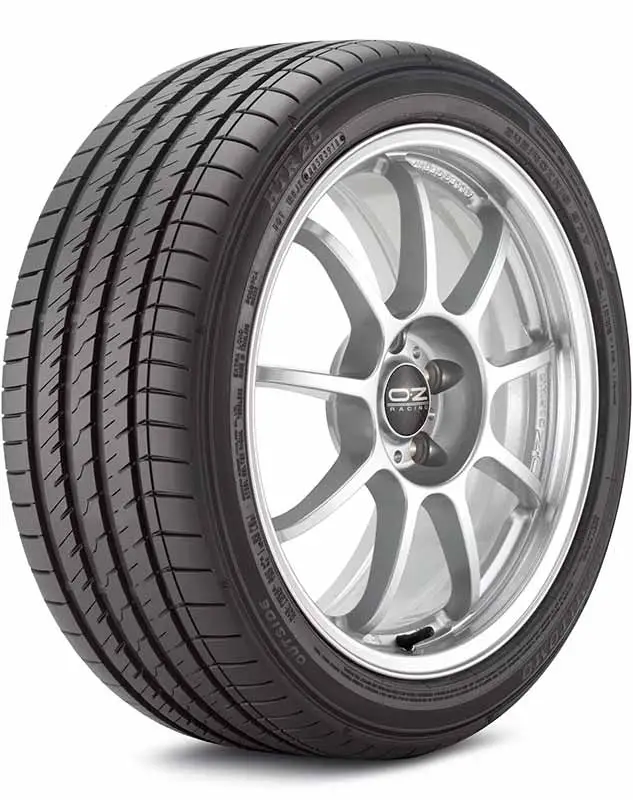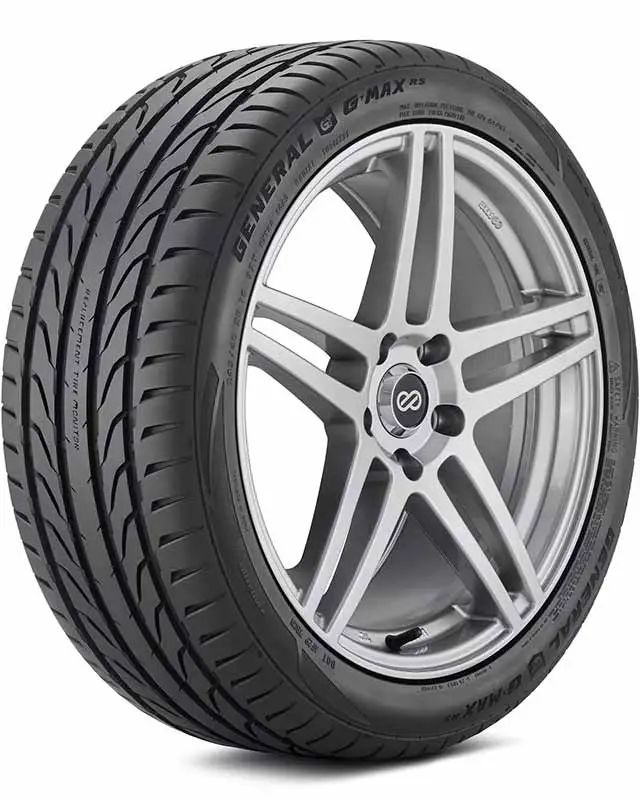Are you considering beadlock wheels for your highway drives or curious about the hullabaloo surrounding their use on paved roads? Beadlock wheels, known for their rugged off-road capabilities, stir up quite the debate when it comes to everyday road use.
Beadlock Wheels On Highway Or Street
Beadlock wheels offer exceptional performance in off-road conditions by securely clamping the tire to the wheel, but their use on highways raises concerns about safety, legality, and increased maintenance needs due to the differing demands of high-speed, paved road driving.
In this article, we explore the design and functionality of beadlock wheels, dissect the potential issues of using them on highways, and discuss performance factors and maintenance needs. Additionally, we look into legal considerations and provide alternative wheel recommendations for those primarily driving on paved roads.
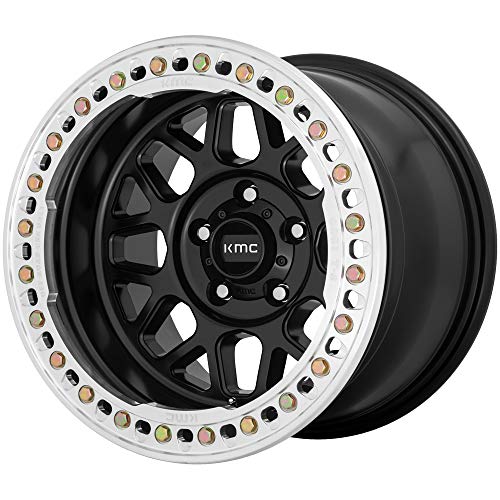
Beadlock Wheels
Understanding Beadlock Wheels
Beadlock wheels are a bit of a niche topic in the world of automotive enthusiasts, but they’re crucial to understand if you’re diving into the more technical side of vehicle performance, especially off-roading. In this section, we’ll break down what beadlock wheels are, their design, and why they’re the go-to choice for certain driving conditions.
What Are Beadlock Wheels?
At their core, beadlock wheels are all about keeping the tire firmly attached to the wheel under extreme conditions. They use a mechanical clamp system, typically a ring that bolts directly to the wheel, to secure the tire’s bead—hence the name “beadlock.” This design is particularly important in off-roading scenarios where low tire pressures are common, as it prevents the tire from slipping off the wheel when the vehicle is tackling tough terrains.
The Design and Functionality
- Mechanical Clamping: The beadlock mechanism involves a ring that applies pressure onto the tire’s bead, clamping it against the wheel. This ensures that even at low pressures, the tire stays put.
- Pressure Flexibility: One of the biggest advantages of beadlock wheels is the ability to run at much lower tire pressures without risking tire bead slippage, enhancing grip and traction significantly on uneven surfaces.
Intended Use: Off-Road Mastery
Beadlock wheels are a favorite among off-road enthusiasts for a reason. They allow for significant reduction in tire pressure, which increases the tire’s contact patch and improves grip on rocky, sandy, or muddy surfaces. This adjustment is critical for navigating difficult terrains where conventional wheels might falter. For an in-depth understanding of tire pressure adjustments for off-roading and why it’s beneficial even without beadlocks, consider exploring the dynamics of deflating tires for off-roading and airing down without beadlocks.

Fake Beadlocks
Beadlock Wheels on Highways: Potential Issues
When it comes to taking beadlock wheels onto the highway, the conversation shifts. While they’re champions off-road, their use on paved roads introduces a different set of considerations and concerns. Here, we’ll dive into the legality, safety implications, and the wear and tear factors you should be aware of.
Legal Considerations
Before you consider rolling out onto the asphalt with beadlock wheels, it’s essential to understand the legal landscape. The legality of beadlock wheels can vary significantly depending on where you are:
- Regulations Vary: Some regions have strict regulations against the use of beadlock wheels on public roads due to safety concerns. It’s vital to check local laws before fitting your vehicle with beadlocks for highway use.
- Certification and Compliance: Some manufacturers offer beadlock wheels that are compliant with safety standards for on-road use. Ensure any beadlock wheels you consider are certified for the intended use.
Safety Concerns
Beadlock wheels are not typically designed for high-speed travel on paved roads, and this mismatch can lead to several safety concerns:
- Vehicle Handling: The added weight and rigid design of beadlock wheels can affect the vehicle’s handling characteristics, making it less responsive or stable at highway speeds.
- Tire Integrity: High-speed travel puts different stresses on tires than low-speed off-roading. Beadlock wheels can cause uneven wear or increase the risk of tire failure if not regularly inspected and maintained.
Wear and Tear
Using beadlock wheels on highways doesn’t just affect safety; it can also lead to accelerated wear on both the wheels and the tires:
- Frequent Inspections Needed: The bolts and rings that secure the tire need regular checking and tightening, as they can loosen over time, especially when driven at highway speeds.
- Increased Wear: The intense pressure and friction at high speeds can wear down both the tires and the beadlock mechanisms faster than usual, necessitating more frequent replacements or repairs.
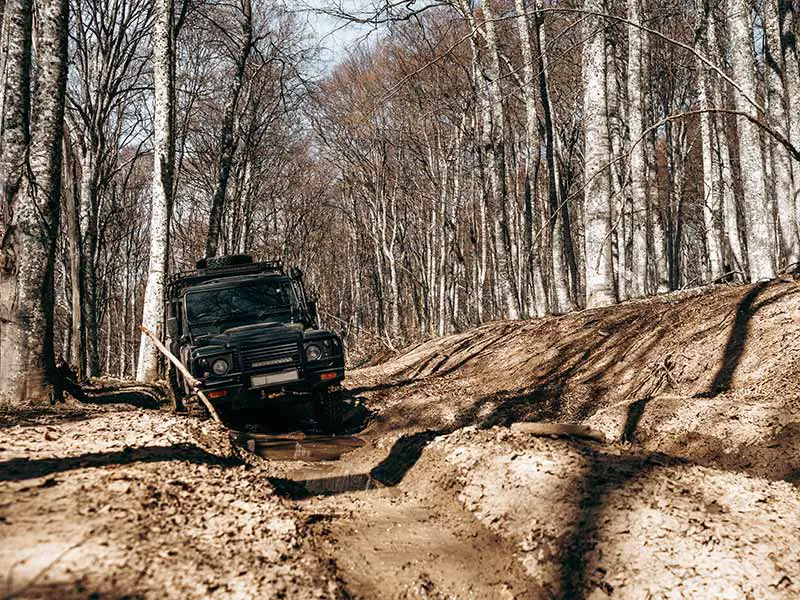
Performance Factors
When considering beadlock wheels for any driving situation, understanding how they affect vehicle performance is key. This is especially true for highway driving, where the performance demands can be significantly different from off-road use. Let’s break down the impact of beadlock wheels on traction, handling, and fuel efficiency when hitting the pavement.
Traction and Handling
Beadlock wheels are renowned for their ability to improve traction in off-road conditions. However, the story changes when these wheels hit the highway:
- Reduced Flexibility: The rigid nature of beadlock wheels, which is a boon on uneven terrains, can reduce the tire’s ability to conform to smooth, paved surfaces, potentially leading to a less comfortable ride and reduced traction.
- Handling Characteristics: The additional weight and specific design of beadlock wheels might affect the vehicle’s handling. Drivers might notice changes in steering responsiveness or overall vehicle agility, especially at higher speeds.
Impact on Fuel Efficiency
The design and purpose of beadlock wheels have implications for your vehicle’s fuel economy:
- Increased Weight: Beadlock wheels are generally heavier than standard wheels. This increased weight means your vehicle has to work harder, especially during acceleration and uphill drives, leading to higher fuel consumption.
- Aerodynamic Efficiency: Beadlock wheels aren’t typically designed with aerodynamics in mind. The added bulk and protruding components can create additional air resistance, further reducing fuel efficiency.
Maintenance and Inspection
If you’re considering or already using beadlock wheels on the highway, understanding the maintenance and inspection requirements is crucial to ensure safety and performance:
Regular Checks
Beadlock wheels demand attention. Regular inspections are necessary to avoid potential issues:
- Bolt Tightness: The bolts that hold the beadlock ring in place can loosen over time, especially with the high vibrations and speeds of highway driving. Regularly check and tighten them according to the manufacturer’s specifications.
- Tire and Wheel Condition: Inspect the tire beads and wheel for any signs of damage or unusual wear, which could indicate a problem with the beadlock system or tire.
Common Issues
Being aware of common issues can help you prevent or address problems before they lead to a breakdown or accident:
- Bead Breakage: The intense pressure exerted by beadlock rings can, over time, lead to wear or damage on the tire beads, especially if the wheels are not correctly installed or maintained.
- Corrosion and Wear: The metal components of beadlock wheels can be susceptible to corrosion or wear, particularly if frequently exposed to wet or salty conditions, as often encountered in daily highway driving.
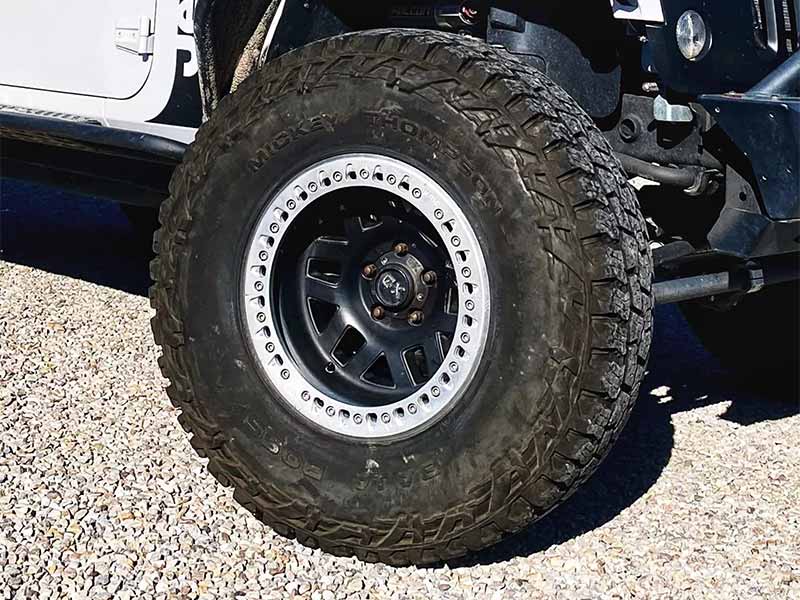
Alternatives to Beadlock Wheels for Highway Use
While beadlock wheels have their specific advantages for off-road enthusiasts, their features might not translate well to regular highway use. For those who spend the majority of their driving time on paved roads, considering alternatives that provide safety, efficiency, and performance is crucial. In this section, we’ll explore other wheel options and adaptations for drivers seeking the best of both worlds.
Recommended Wheel Types
When it comes to highway driving, the focus shifts to efficiency, comfort, and long-term durability. Here are some alternatives to consider:
- Alloy Wheels: These are a popular choice for everyday driving due to their lighter weight, which can improve fuel efficiency and handling. They also offer a wide variety of designs to suit different tastes and vehicle types.
- Steel Wheels: Known for their durability and strength, steel wheels are a cost-effective option for those who prioritize ruggedness and longevity over performance.
Adaptations for Mixed Use
For drivers who enjoy both the thrill of off-roading and the necessity of highway travel, finding a balance is key. Consider these options:
- Dual Sets of Wheels and Tires: Having one set of beadlock wheels and tires for off-road adventures and another set for highway use might be the most straightforward solution. This allows you to optimize each set for its intended purpose without compromising on performance or safety.
- Modular Beadlock Wheels: Some manufacturers offer beadlock wheels that can be adapted for different uses. These might provide a compromise, allowing for the secure, low-pressure benefits of beadlocks off-road, while also offering a more standard, highway-friendly profile when the beadlock feature is not engaged.
Resources
Below are some links you may find helpful when learning about tires:
Final Thoughts
Understanding beadlock wheels is crucial for making informed decisions about your vehicle’s capabilities and safety, especially when it comes to transitioning from off-road adventures to everyday highway travel.
It’s important to weigh the benefits of exceptional off-road performance against the potential drawbacks and legal issues when driving on paved roads.
Regular maintenance, awareness of legal restrictions, and considering alternative wheel options can help ensure a safe and enjoyable driving experience.
Good luck and happy motoring.
